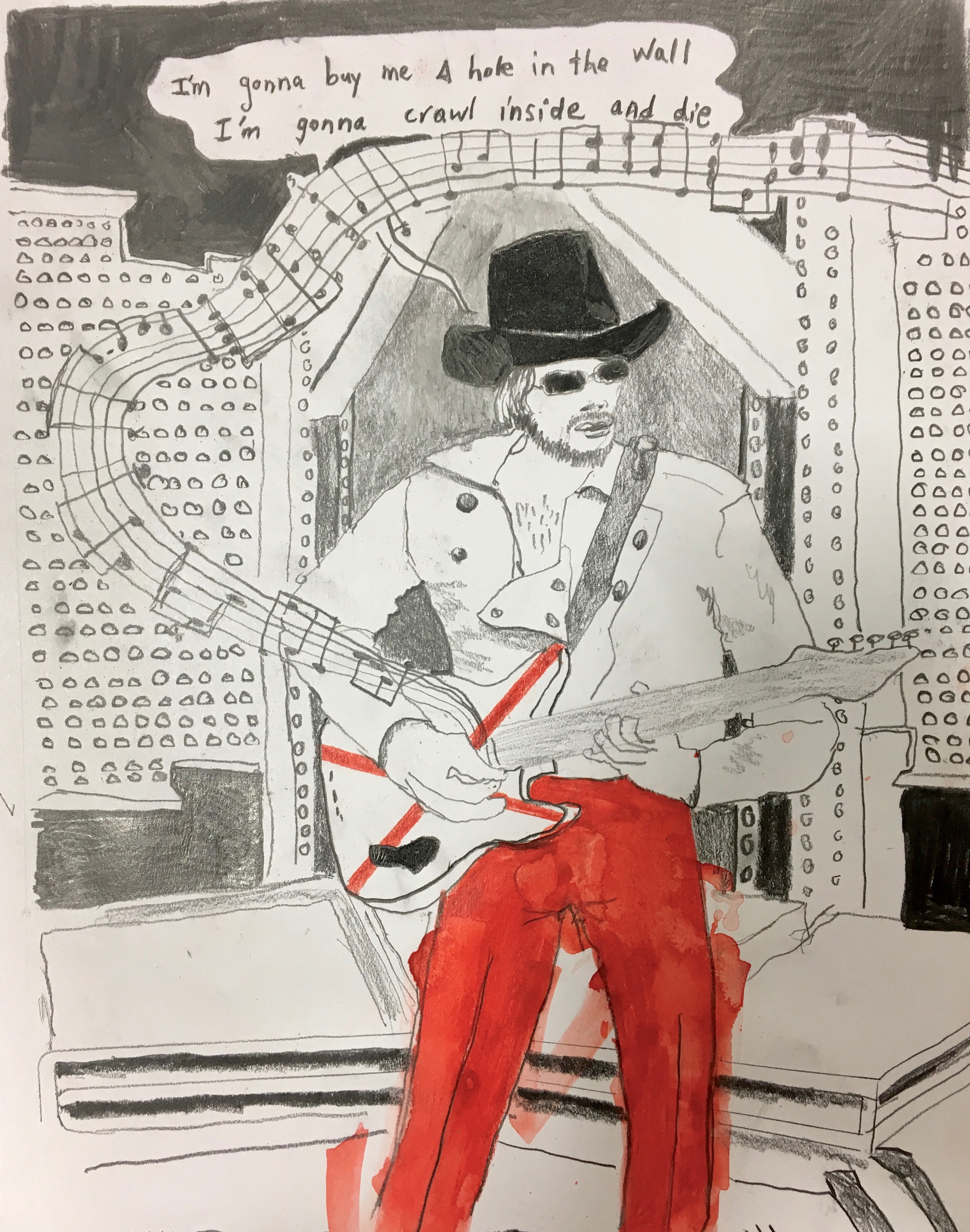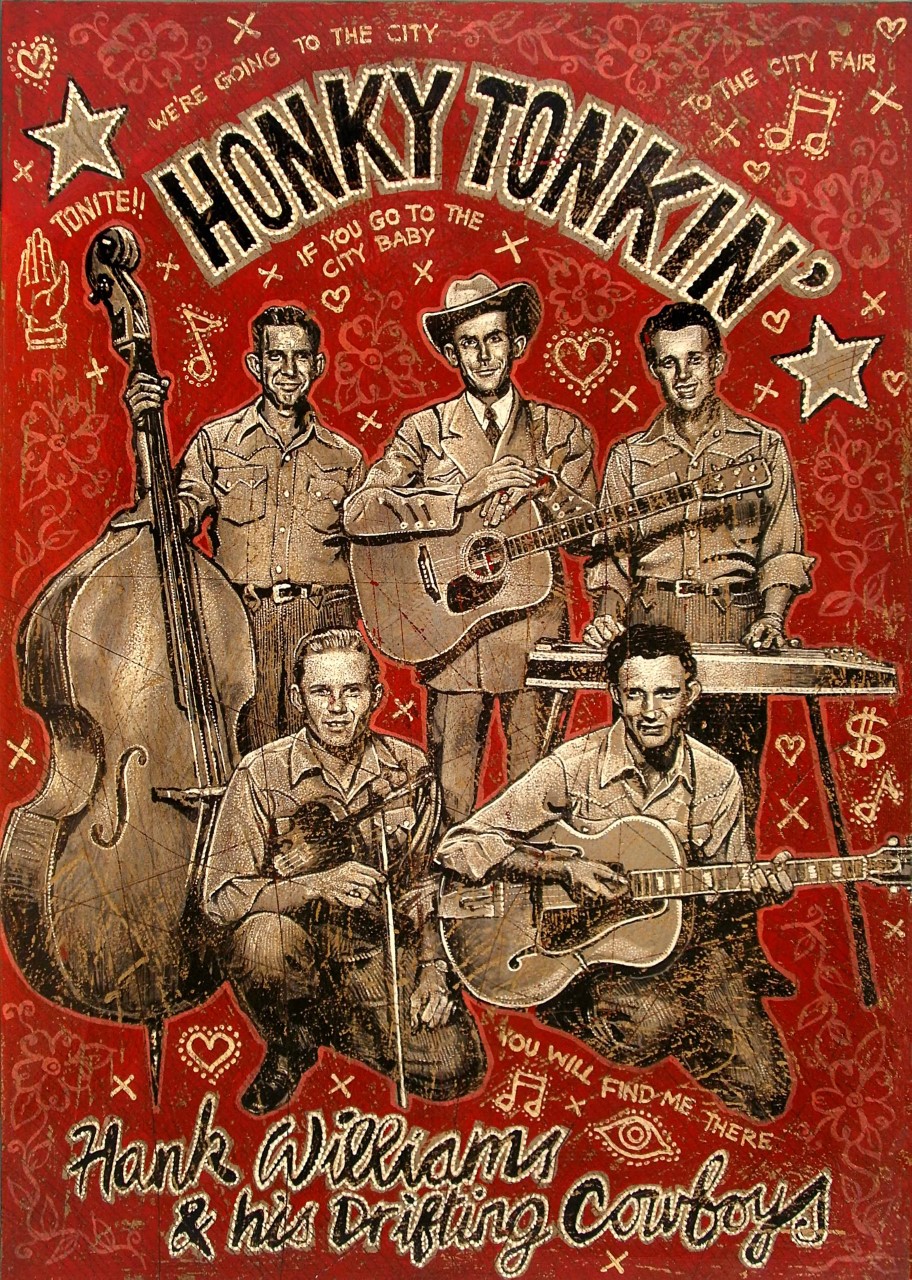When asked (by your editor) if she enjoyed Phoebe Waller-Bridge’s shows, Laurie Stone replied “I am a huge and maybe the hugest admirer of Fleabag and Killing Eve…She is brilliant, and brilliantly alternative, food for the starving.”
Culturewatch
John Berryman On News We Can’t Use
Who can keep up? It wasn’t so long ago that we were concerned because the print press couldn’t keep up with the 24/7 news channels, which had scandals and disasters on the air while they were still in progress. Now, the 24/7 news channels can’t keep up with themselves: by the time they’ve assembled a panel of Wise Ones to analyze the most recent infamy, another one has unfolded. Or two. Or three. There is no pause, no day without too many tales to tell, let alone to tell well.
Which is why John Berryman’s 1939 poem “World-Telegram” has new currency. It is about the weight of headlines, of leads, of information that can barely be understood, let alone borne.
The Country & the City: Poems by Adrian Blevins
The first two poems here come from Adrian Blevins’ new collection, “Appalachians Run Amok”. Ms. Blevins’ exemplary wit sparked our current batch of posts (below) on the Country and the City.
Bitter Geezer (Tale of Tubb)
Proto-punk Richard Meltzer was ready for country before most rock critics of his generation. This 1973 review of an Ernest Tubb album was more than a hoot.
The Little House We Live In (& On the Rez)
Caroline Fraser’s Prairie Fires: The American Dreams of Laura Ingalls Wilder traces the Little House books’ role in American culture wars.
William Hazlitt on a Sporting Life
C.L.R. James mused in “Beyond a Boundary”–his far out book on cricket and “what men live by”–that he hoped to “write of the game and its players as Hazlitt wrote of fives and Cavanagh.” James knew his 19th C. Brit culturalists and his praise led your editor to the following swatch from Hazlitt’s “Table Talk,” in which the eminent pre-Victorian paid tribute “to the best fives-player that perhaps ever lived…”
Citizen Russ
Merrill Garbus & The Wokeness Unto Death
For being an “outside artist,” Merrill Garbus of Tune-Yards has never lacked in critical applause. The lo-fi Afrobeat of her 2009 debut Birdbrains immediately established her as a singular voice in the freak-folk music world. The gigantic production and stylistic leap of Whokill, her 2011 sophomore effort, landed her on many year-end best-of lists. More recently she was commissioned to create the theme music for the New Yorker Radio Hour. As a fan, I’ve worried with each new release she’d morph her authentic weirdness into easily digestible hipster marketability. But she’s resisted that impulse. Unlike the manufactured weirdness of a Lady Gaga, her introspection and restlessness have kept her music from becoming self-help dance muzak. Her defiant neuroticism resists any easy boxing-in.
Stormy’s Tale (Or: Protect Me From What I Want)
Extry! Extry! Read all about it. The president is a spanko.
An Eye for Comedy
The second half of the HBO documentary, “The Zen Diaries of Garry Shandling,” made me want to be a kinder, more generous, and more forgiving person. The doc, directed by Judd Apatow, lifts the edges of the napkin covering GS’s life without revealing much. We come to know him from his eyes.
There Is No Gun
There is no gun in this poem.


